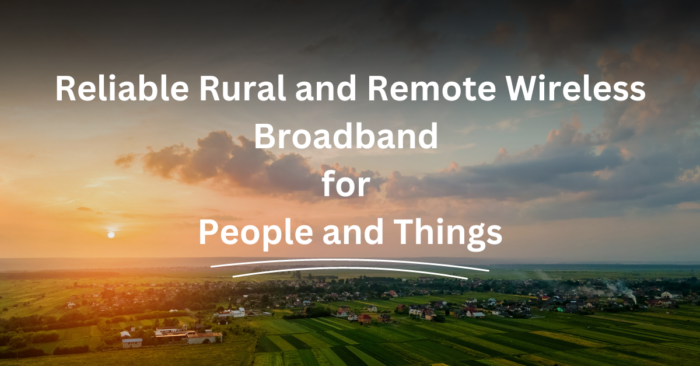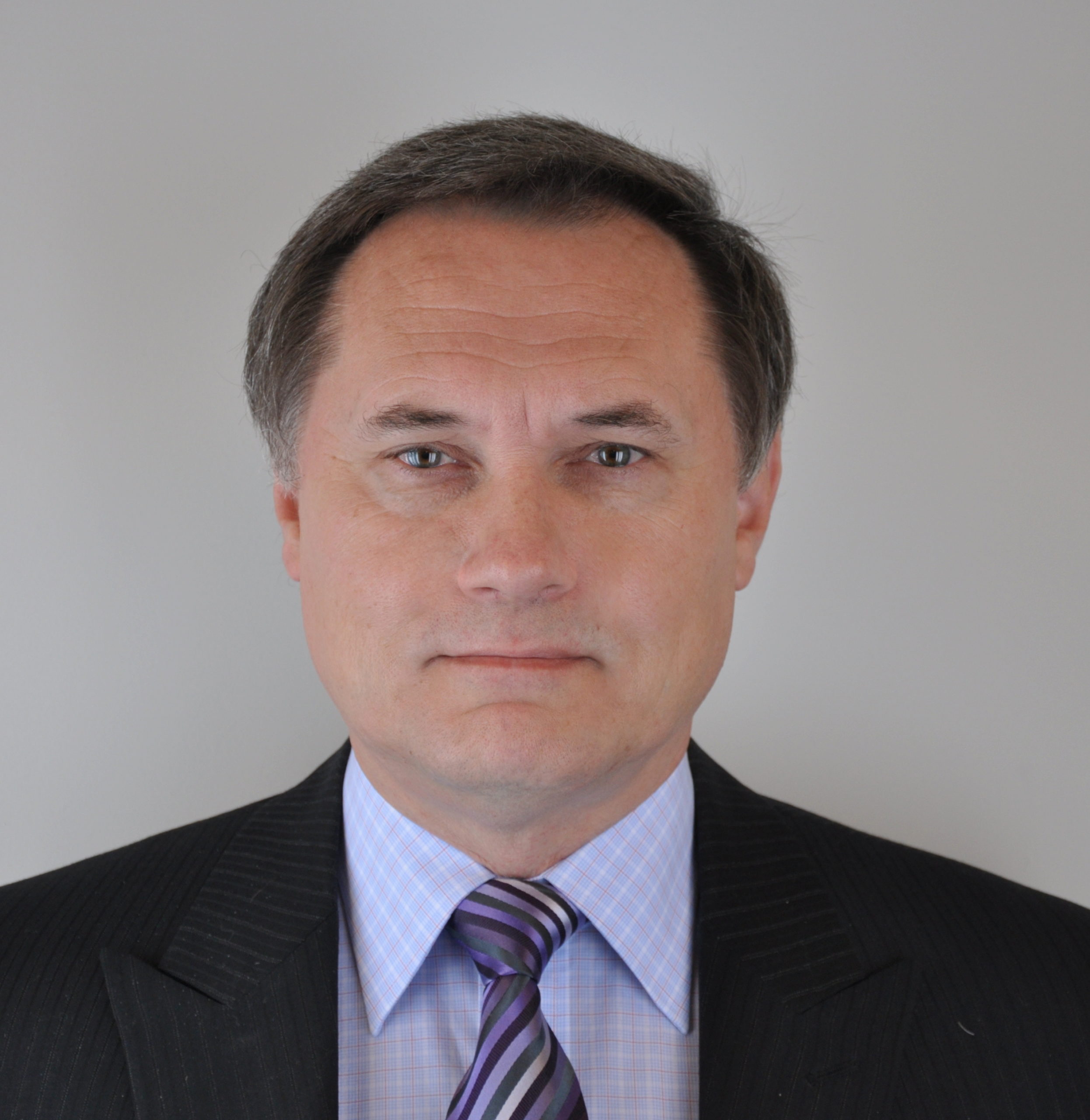
Reliable Rural and Remote Wireless Broadband for People and Things
If we can connect at broadband speed while sitting in the plane, we should have broadband connectivity anywhere on the ground!
Manufacturers today are developing great solutions using the RF spectrum and innovative technologies. These solutions exist for nearly every use case and application. The RF spectrum depends on where broadband is needed and the capacity requirements for said service.
This article focuses on long-distance wireless broadband connectivity for rural and remote use cases.
Challenges
Remote wireless broadband connectivity requires us to address three main challenges:
- The sparse population in remote regions reduces the opportunity for wireless mobile providers to invest in expensive mobile infrastructure. The revenue does not justify the investment. Even with subsidized deployments, the infrastructure required may only be justifiable if a serviceable market with a large population exists.
- The regulators configure the radio frequency channels capable of carrying services at great distances to deliver smaller capacity. Hence mobility equipment manufacturers focus on tower equipment for other frequencies.
- More power is needed to establish long-distance connections, especially in areas with challenging terrain and dense foliage. The remote device size and power consumption prohibit the handheld devices favored by mobile operators.
Solutions
A different solution is needed.
- Why use costly and complex mobile solutions when connecting fixed remote and rural people and things? It has always been that fixed-wireless technologies are more suitable for delivering fixed services at greater distances.
- Regulators around the globe are now allowing the unlicensed use of under-utilized UHF radio waves (spectrum) to help bring Internet service to underserved rural and remote regions. This spectrum part, the Digital Divide spectrum, is also called “TV White Space” (TVWS). These radio frequencies were used for decades to provide television service in rural areas. Manufacturers use the term “TV White Space” to reference the TV spectrum and the spectrum-sharing technology used to access it.
- Due to increased power requirements, these solutions include fixed, wall-mount or pole-mount, grid, or large battery-powered radios. Often grid-powered, these installations resemble a traditional Internet connection. A standard Ethernet connection often leverages a Wi-Fi access point for local connectivity. This approach maximizes the distance and capacity of the wireless connection.
Where can UHF Broadband/TVWS be used?
TVWS can connect rural and remote homes, farms, schools, libraries, government offices, or industrial sites such as electrical distribution centers, water dams, and O&G production assets. TVWS can also connect many sensors located in rural and remote areas for wildlife and farming, water, weather, fire, and many more.
Where in the world is UHF Broadband/TVWS used?
UHF Broadband, or TV White Space, has gained recognition and support from leading industry players, governments, and international organizations. The advantages of TVWS lie in its ability to provide connectivity in challenging environments and its low cost of deployment. With traditional wireless technologies like Wi-Fi and cellular networks, TVWS can extend connectivity to remote communities, improve internet speeds, and enable the Internet of Things (IoT) to flourish. As more countries and organizations explore the potential of TVWS, it will play a crucial role in connecting the unconnected and shaping the future of global connectivity.
Benefits of TV White Space
TVWS technology offers several advantages that make it an attractive solution for extending connectivity in rural and underserved areas:
- Increased Coverage and Range– TVWS spectrum has better propagation characteristics than higher frequency bands. UHF signals travel longer distances and can penetrate obstacles like buildings and foliage. This extended coverage helps bridge the digital divide by reaching areas where conventional methods will not suffice.
- Affordability — Deploying TVWS networks can be cost-effective. They can leverage existing infrastructure, such as unused television broadcasting towers, significantly reducing the need for capital investments.
Regulatory Framework for TV White Space
Regulatory bodies in different countries set rules and guidelines to ensure a harmonized and interference-free operation of TVWS radio frequencies. In the United States, the Federal Communications Commission (FCC) regulates the use of TVWS, while other countries have their own designated authorities. TVWS devices employ geolocation databases or spectrum sensing techniques to identify available white spaces; this avoids interference with licensed TV broadcasters. By leveraging the potential of this under-utilized spectrum, TVWS technology helps address the many challenges of underserved communities in both rural and urban environments.
TVWS Resurgence
Fixed UHF Broadband/TVWS is about a decade old but is seeing a resurgence as the need for fixed broadband is growing globally. Mobile wireless operators still underserve rural and remote locations, as the mobile operators must deal with the high cost of mobile infrastructure not designed for fixed wires.







